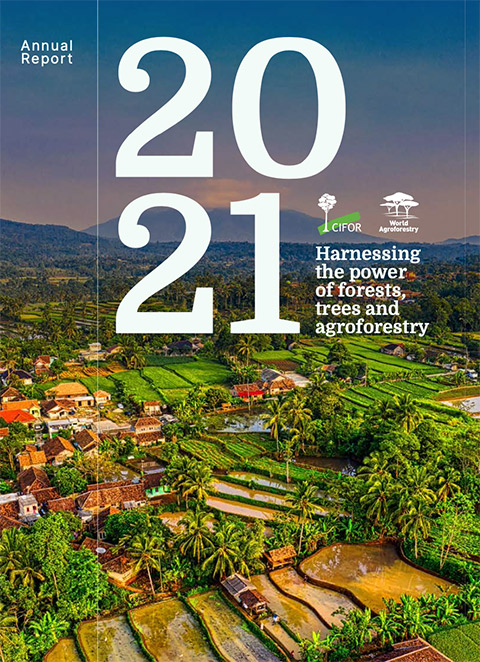For over 200 years, women have managed the shea value chain, producing cooking oil and skin care products from the kernels of the shea tree (Vitellaria paradoxa) for both home use and local and regional trade. It is the most widely occurring tree species in West Africa’s parklands, and Burkina Faso is a major exporter of shea kernels and shea butter.
But over the past 20 years the market has shifted to meet growing demand from BRICS countries (Brazil, Russia, India, China, and South Africa) for Cocoa Butter Equivalents (CBEs) used primarily in the chocolate and confectionary industries.
This trend, along with climate change and agricultural encroachment, is threatening the shea parklands and the ecosystem services they provide. Yet only 2 percent of the national target to restore 5 million hectares of land by 2030 has been reached.
The IDRC-FTA-financed ‘Globalizations in a nutshell’ project sought to untangle the complex dynamics and gendered nature of the shea value chain, with the aim of improving the governance of shea parklands to lessen the impacts of economic and climate shocks on women producers.
A historical analysis of the shea trade since the late 19th century highlighted how various policies, the rise of local producer groups and access to new markets promoted shea processing and marketing while the degradation of parklands continued.
CIFOR-ICRAF co-hosted a National Shea Forum with the government of Burkina Faso in Ouagadougou in June 2021. The event drew more than 175 participants and culminated in a 10-point call to action that includes support for the development of a national parkland restoration program, shea tree domestication and genetic development, and the introduction of certification schemes. This outcome supports the development of a sustainable and equitable shea value chain in accordance with Burkina Faso’s National Climate Change Adaptation Plan.
Supported by International Development Research Centre (IDRC), FTA.
Read
Women producers in Burkina Faso face hardship if shea industry dwindles Insécurité et COVID-19 au Burkina Faso: Opportunités et vulnérabilités des femmes de la chaîne de valeurs du karité Shoring up Burkina Faso’s shea trade requires intensive landscape restoration efforts“If the shea industry does not act now to restore the parklands, supply may not be able to meet demand by 2034.”
D. Andrew Wardell
CIFOR-ICRAF Principal Scientist

